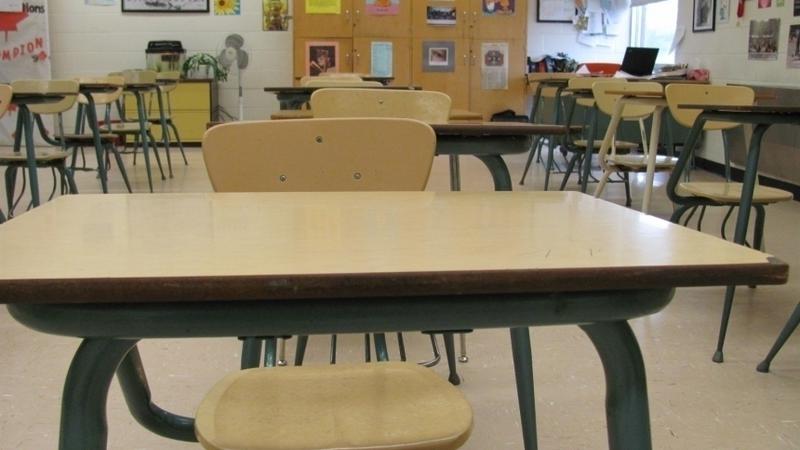
Evidence suggests older children biggest vectors, says Blondeau
With the Saskatchewan government set to unveil its plan for returning students to schools, the head of clinical microbiology at Saskatoon’s Royal University Hospital says the most up-to-date evidence points to older children posing the greatest risk of spreading COVID-19.
According to Dr. Joseph Blondeau, children older than 10 seem to transmit the virus in a way that’s similar to adults and there are a few possible reasons.
He said it’s the younger children who lack the receptors that the virus binds to in order to initiate the infection, making them less susceptible.
As well, they have lower lung capacity and thus less capacity to expel respiratory droplets, the main way the virus is spread.


